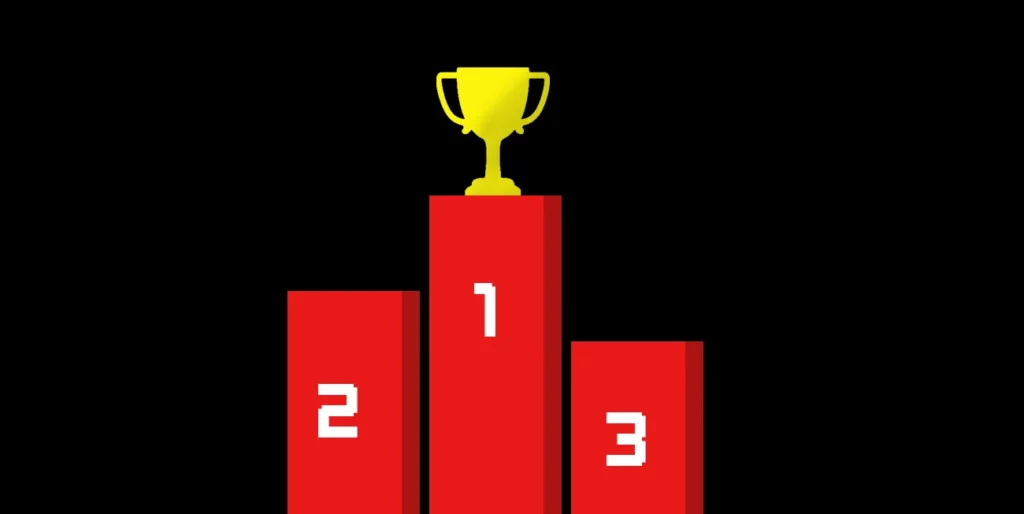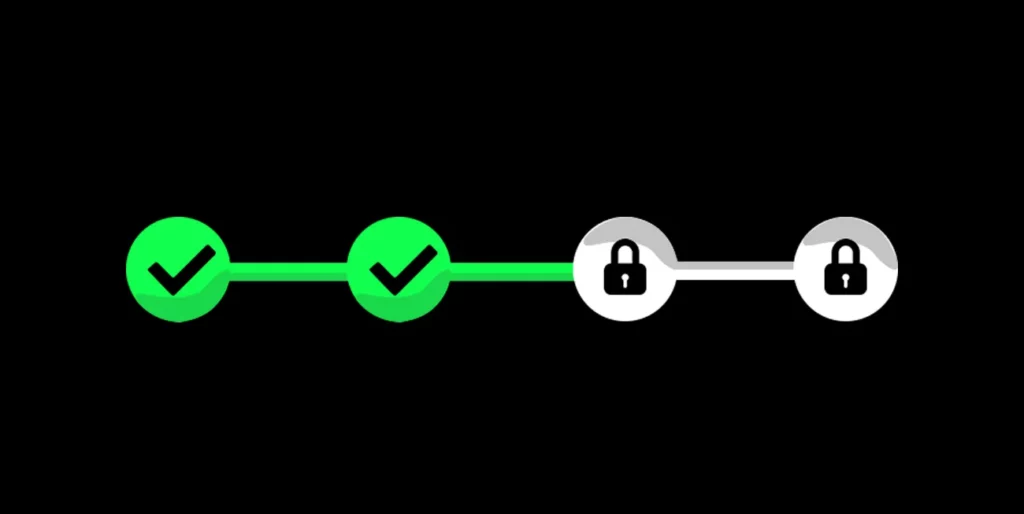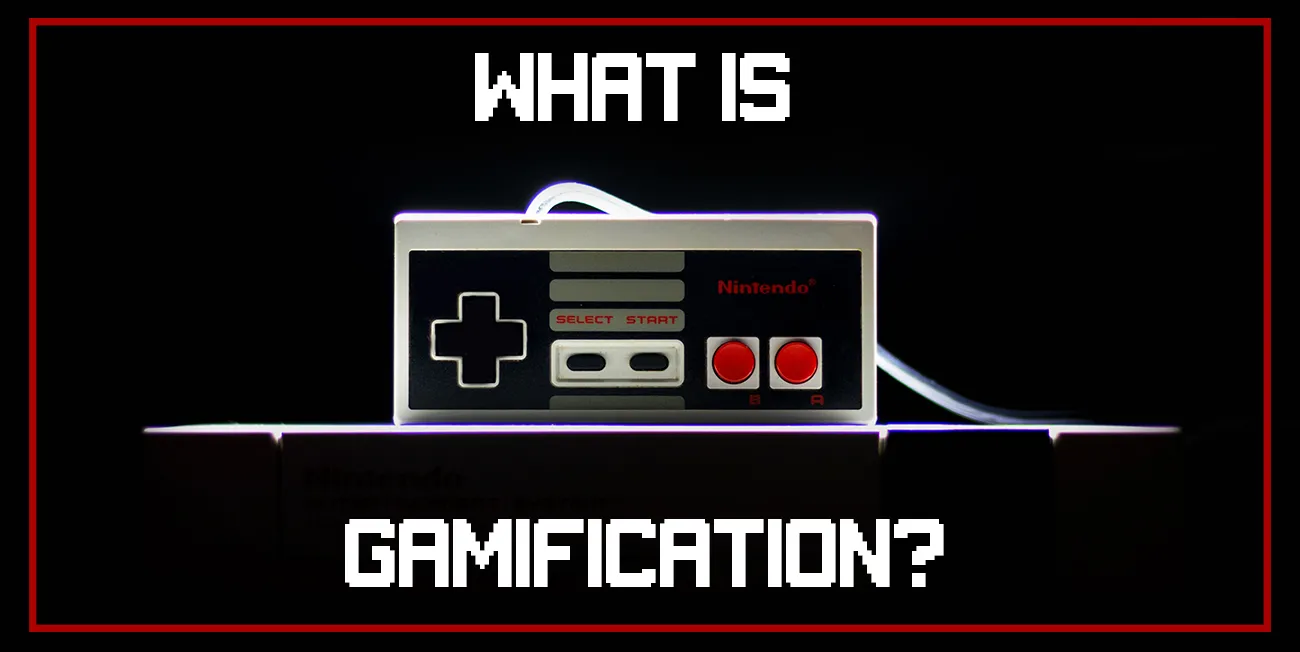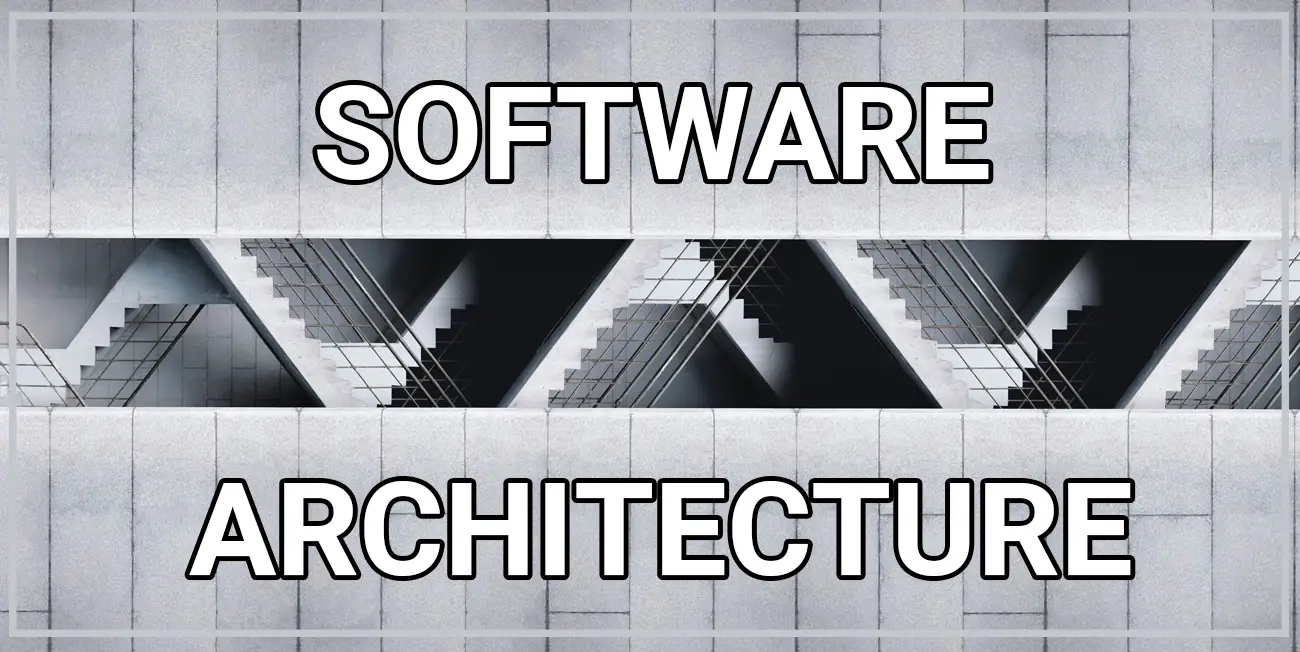Gamification is a statement we hear about more and more recently, but it does not simply mean implementing video games in applications or systems.
This is a much more complex trend aimed at improving the user experience, maximizing user retention, and making users enjoy repetitive tasks.
This article will explain what gamification is based on, who came up with it, how you can implement gamification in your project, and much more!
Without further ado, let’s look at how it all started!
Where did gamification come from?
Video games have been with us for over 50 years and allow us to compete with others, develop our skills, win virtual prizes, or have a good time.
So they have great potential to push people forward and make their time more pleasant. Exactly this potential was noticed by Nick Pelling, who was a game dev in the 90s and, at the turn of the century, changed into a software developer.
Then, he combined his two passions, and in 2002 he created the first user interface that included game mechanics and elements. He also coined the word gamification and coined the term.
However, it was not until 2010 that the term began to be used more frequently, and only in 2011 did it become widely known.
In 2012, Gartner, one of the world’s leading information technology research firms, added gamification to its list of top 10 strategic technology trends.
Since then, thousands of companies have decided to implement gamification in their applications or systems.
We already know the brief story of gamification, so now we should look at what exactly is gamification and what it is characterized by.
So, what exactly is gamification?

Gamification is the use of game mechanics and game-thinking in non-game contexts to engage users, solve problems and drive desired behaviors.
It is a type of user experience (UX) design that aims to make products or services more engaging and fun to use.
At its core, gamification is about using game elements in non-game contexts to drive specific behaviors. These behaviors could be anything from learning new information to becoming more efficient at work to staying healthy and fit.
When used effectively, gamification can be a powerful tool to engage and motivate users. It can also help people learn new information or skills more quickly and retain that information for longer periods of time.
However, it is important to note that gamification is not a silver bullet solution and should not be used indiscriminately. When misused, it can actually have negative effects, such as causing frustration and confusion.
Thus, it is important to carefully consider whether gamification is appropriate for your specific needs and objectives before implementing it.
Some common examples of gamification elements include points, badges, leaderboards, progress bars, virtual currencies, and rewards.
More about adding gamification elements can be found below.
Techniques of gamification
Gamification has developed a lot over the years, so there are many techniques that can be used to interest users and make them stay with the application for longer. We have selected the six most popular techniques that bring very good results.
Digital prizes and awards

Make users feel appreciated – give them digital prizes and awards. Users like to be appreciated for their actions, so offering digital prizes and awards is a great way to make them feel good about using your app. One way to implement this technique is through the points that make the user increase their level in the application.
Reaching a level may result in the user gaining rewards. These awards can be virtual badges, trophies, or even discount coupons for real-world stores!
Another way to implement this technique could be to offer rewards for each day a user logs in. In this way, we can increase the retention of your application at a really low cost.
Leaderboards

People are competitive by nature, so they will be more motivated to use your app if they can see how they compare to others. Leaderboards are a great way to show users where they stand in relation to other users. You can create different leaderboards for different actions or achievements.
Additionally, people will be able to compete with their friends, so they will invite them to your app, which will give you a source of organic advertising!
Leaderboards can also be a great way to boost employee engagement, as they could want to outperform colleagues from the department. For them, this will be great fun, and for your business, better productivity!
However, it should be remembered that not everyone wants other people to see its results. Therefore, if you want to ensure the well-being of all users, make the leaderboards in your app optional!
Challenges

Challenges are a well-known solution that is used by games of all kinds. They enable users to take actions that translate into a reward. The point is that they should be motivating, so it’s worth creating them so that they can be done, but it was not an easy task.
Combine this technique with technique one and let users earn points, medals, and other rewards for taking up challenges. You can also allow them to exchange these rewards for actual products.
Challenges can be a great solution for diversifying users’ daily routine tasks. Take a language learning app, for example. The user must do the same thing every day – learn five or ten new words.
Challenge him to learn 10 words in 5 minutes, and he will be rewarded with a certain amount of experience points or a badge. We assure you that he will be more motivated to do this task.
Just remember that the challenges should be properly tailored to your application and its goals.
Personalization

Personalization is one of the most popular current trends. Adding a personal touch to your app will make it more attractive to users.
There are many ways to personalize an app. The most common ones are:
– Asking the user’s name and using it in the app;
– Addressing the user by name in push notifications;
– Using the user’s avatar;
– Offering personalized content, etc.
The element that stands out the most from these points is, of course, the avatar, i.e., the user’s virtual counterpart. It is a well-known element from video games, which made it through to applications, mainly social media ones.
Allowing the user to personalize their avatar and match their actual appearance can create a bond that will make the user want to return to the application.
Mystery

Game principles, above all, aim at the basic traits of people. This is also the reason why curiosity can be used in your application to increase user retention and user engagement.
Show the user where he is now in the process in the form of a virtual map or progress bar, and give him a taste of what will be waiting for him on the next levels.
The user will be curious to see what is in the rest of the application, so he will take the time to go through the current levels. This can be a good solution for building a game-based learning app or health app.
Goals

Most computer games are based on goals the user must fulfill to proceed. Take advantage of this gamification strategy in your app!
Set goals for users and give them rewards for achieving these goals.
This way, you will ensure that users return to your app to collect prizes.
You can also use this technique to increase user engagement – the more engaged the user is, the more likely he is to achieve the goals you set.
One of the most popular applications that use goals as one of its gamification techniques is Duolingo – it sets daily goals for users and rewards them for completing them.
How to correctly implement gamification in your project?
Know your user
You can use gamification for various reasons – to engage and motivate employees, to increase customer loyalty, or to achieve other business objectives.
No matter your goal, you need to know your user to implement gamification effectively.
Only by understanding the needs and desires of your target audience will you be able to find the right game mechanics and offer users rewards that they will actually want to achieve.
Think about what motivates your users and what kind of games they like to play. Do they prefer competition or collaboration? Are they more likely to be motivated by extrinsic or intrinsic rewards?
The answers to these questions will help you determine the best way to gamify your app.
Focus on results
While implementing game design elements into your application or system, you should not forget why you are doing this. Apps use gamification for different reasons, but they all want to encourage users to achieve better results.
This means that you should always focus on incorporating game mechanics that will actually boost user engagement and lead to the desired results.
For example, if you want to increase customer loyalty, you might consider using a points or rewards system that gives users something to strive for.
On the other hand, if your goal is to increase employee productivity, you might want to consider using leaderboards or badges to encourage friendly competition.
The most important thing here is to not overload your app with the “fun” aspects of gamification because users could don’t take your app seriously.
Don’t overdo it
Remember that successful gamification should only support the core features of your app and not be the only feature.
Companies like Foursquare, Duolingo, and Habitica have all found success by gamifying their apps to offer the best user experience. But it’s important to remember that these companies also offer valuable content and features outside of the gamification features.
So if you’re thinking about adding gamification to your app, make sure you do it in a way that compliments your app’s core purpose, rather than replacing it.
When used correctly, gamification can be a great way to engage and motivate users. But it’s important to remember that less is often more when adding game-like elements to your app. Too much gamification can discourage users from using your app. So make sure you don’t overdo it!
Create a long-term solution
As with any strategy, both gamification strategy and music must be thought out to be successful. Companies that have successfully integrated gamification into their apps have one thing in common: they treat it as a long-term solution, not a short-term fix.
That means taking the time to carefully consider how gamification can best be used to achieve your app’s goals. It also means ensuring you have the resources to sustain a strategy of gamification over the long term.
If you’re not ready to commit to long-term gamification, there are still some things you can do to add game-like elements to your app on a smaller scale. But remember that these measures may only temporarily boost engagement and may not be sustainable over the long term.
Companies that took advantage of gamification
Nike
Nike+ is a gamification platform that uses gamification to encourage users to be more active. The app tracks users’ activity levels and awards them points for reaching their goals. These points can then be redeemed for prizes, such as discounts on Nike products.
Fitbit
Fitbit is another example of a company that uses gamification to promote healthy behavior. The app encourages users to be more active by tracking their steps, distance, and calories burned. Users can also earn badges and rewards for meeting their fitness goals.
Duolingo
This great e-learning app uses many gamification elements that encourage users to learn new languages faster than ever! To be more precise, this app with a green owl takes advantage of leaderboards, challenges, awards, badges, and many more! engage learners
Habitica
Habitica turns real life into a game by allowing users to gamify their everyday tasks to make them more fun and engaging. The app helps users form good habits by tracking their progress and awarding them points, badges, and rewards for completing tasks.
Epic Win
This app takes the basic idea of a to-do list and turns it into an epic quest for glory and rewards. Users can add items to their to-do list and then complete them to earn experience points, level up, and unlock new items and rewards.
So there you have it! These are just a few gamification examples that show how this technique can be used to make everyday tasks more fun and engaging.
Is it worth implementing gamification?
It seems that gamification can be an effective way to learn new things and improve your performance. However, it’s important to note that not everyone responds well to gamification.
Some people may find it motivating, while others may find it distracting or even annoying. If you’re considering using gamification in your app, finding a balance that works for you and your users is important. Otherwise, you might just end up wasting your time and money.
In addition, it is worth mentioning that gamification is also used in real life in corporate training or customer loyalty programs and is highly appreciated.
Companies that use gamification in their applications or products generally boast a higher retention rate and user engagement because their users are much more involved. Additionally, the gamification implementation can boost the user’s time in-app, as he is determined to complete all his tasks to gain an award.
We think it is worth implementing gamification when it can support the app’s core features.
Summing up
Gamification can greatly increase the most important metrics of an app, but it should be used thoughtfully and not overused, as it might have the opposite effect.



